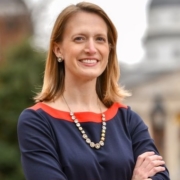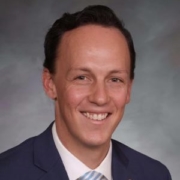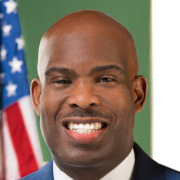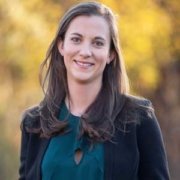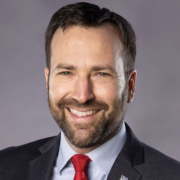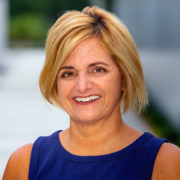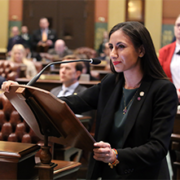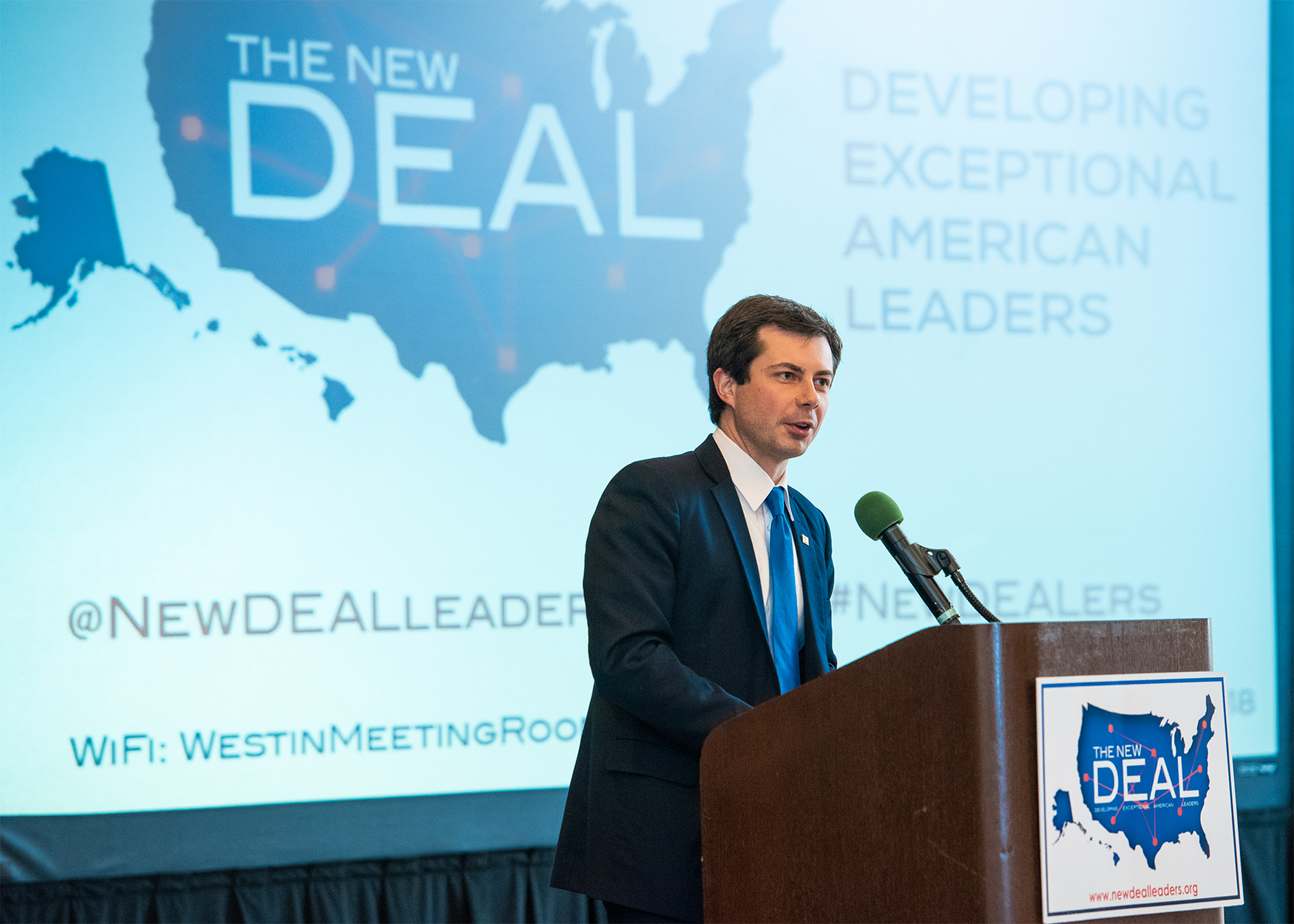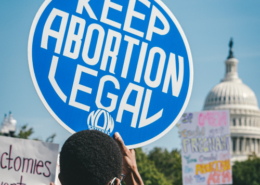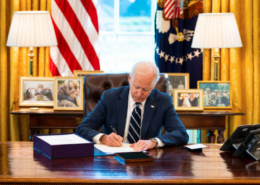Oakland80 – Oakland County’s Education Attainment Goal
Problem
In 2018, Michigan Governor Gretchen Whitmer announced the State’s 60 by 30 initiative – a robust goal to ensure 60% of working-age Michiganders have a professional certificate or college degree by 2030. Currently, Michigan ranks 37th nationally for education attainment with significant gaps by race, ethnicity and income. Oakland County, an economic driver for the state, boasts a 61% education attainment rate. However, significant barriers and inequities remain for residents across key communities, limiting access to post-secondary education. Personal barriers, including childcare, transportation, student debt, and a lack of career awareness, result in challenges to accessing and completing post-secondary education. Enrollment, completion, credentials/certified earned, and high school graduation rates must increase to achieve Michigan’s 60 by 30 goal and Oakland County’s local goal of 80% attainment by 2030. Increased educational attainment will lead to economic self-sufficiency, income equality and economic growth for Oakland County’s 1.3 million residents and 40,000 businesses.
Solution
Oakland County is the first county to set a local post-secondary education attainment goal in the state. Oakland80 is focused on creating solutions under six key pillars:
- K-12 Graduation Rates
- Net Migration
- Post-Secondary Enrollment
- Post-Secondary Completion
- Adults with Some College, No Degree
- Industry Recognized Credentials/Certificates
For each of these pillars, Oakland80 focuses on customized and personal barrier removal, accessible career and education navigation, and financial support to accessing education. Oakland80 is utilizing data to understand target populations, key communities of focus, and identifying gaps in the access to post-secondary education. Our team has a personal commitment to “meet people where they are” through the deployment of Oakland80 Career Navigators across the County, equipped with financial resources and partnerships to help individuals overcome any barriers interfering with their ability to enroll and complete post-secondary education.



